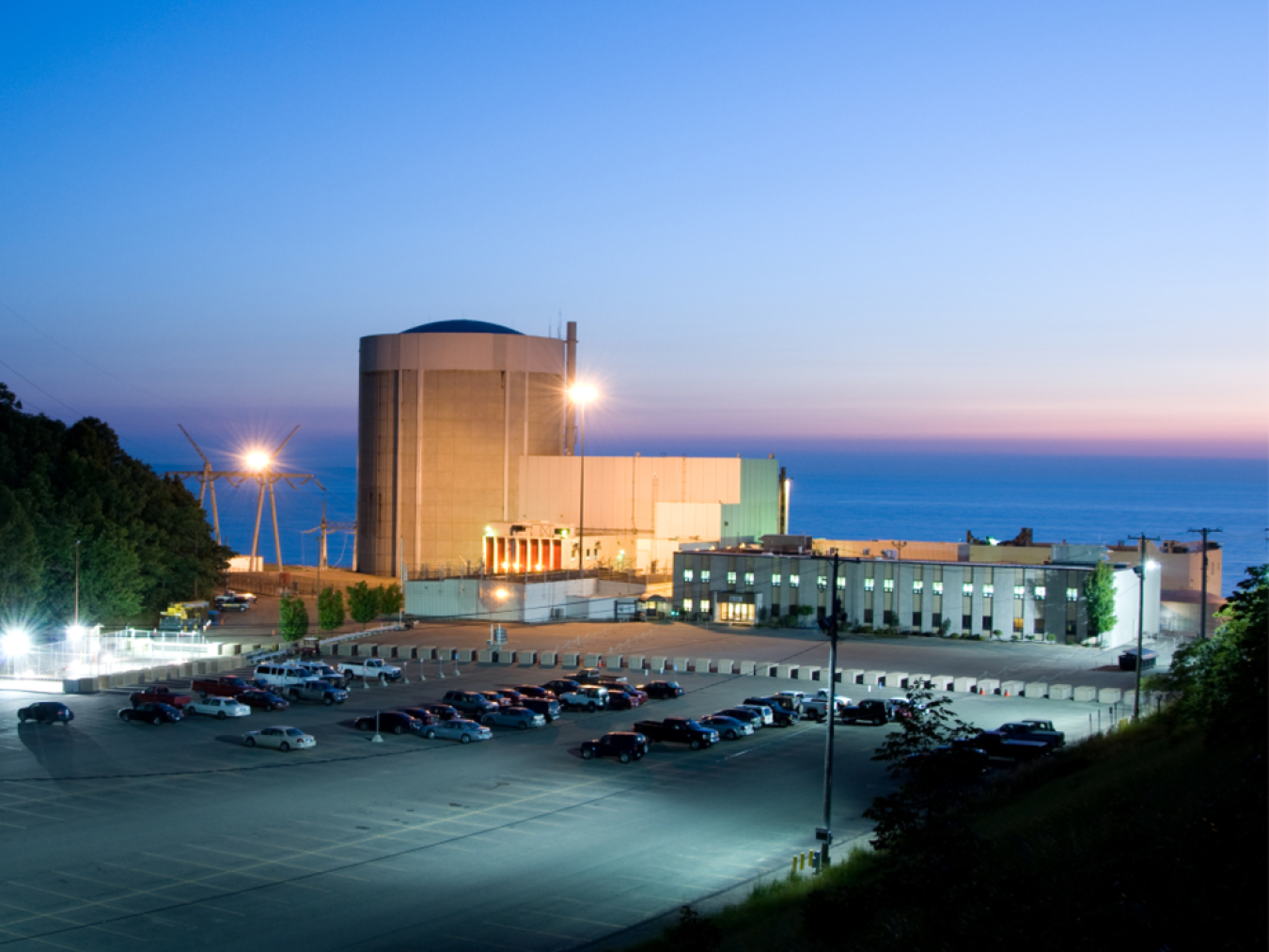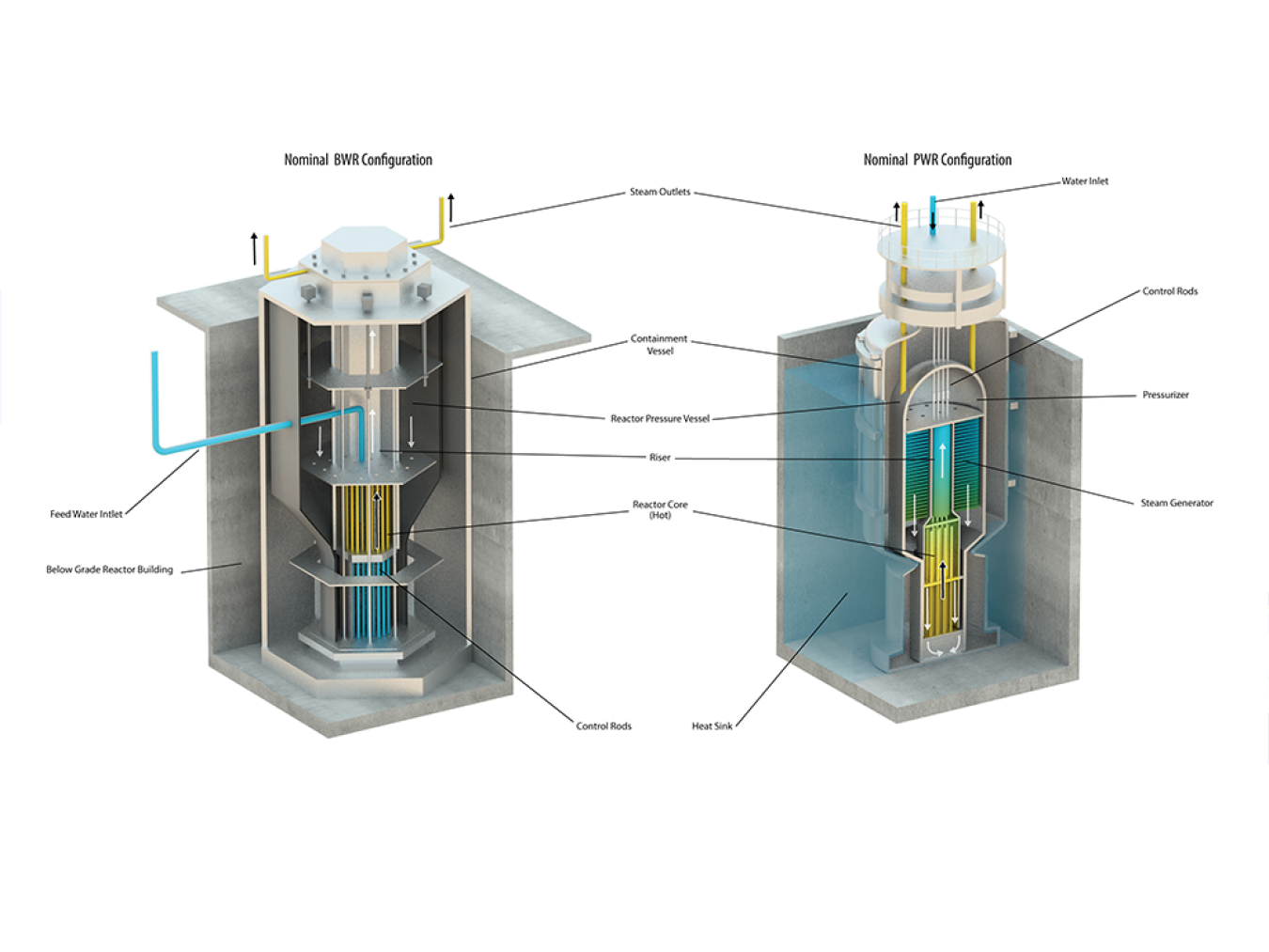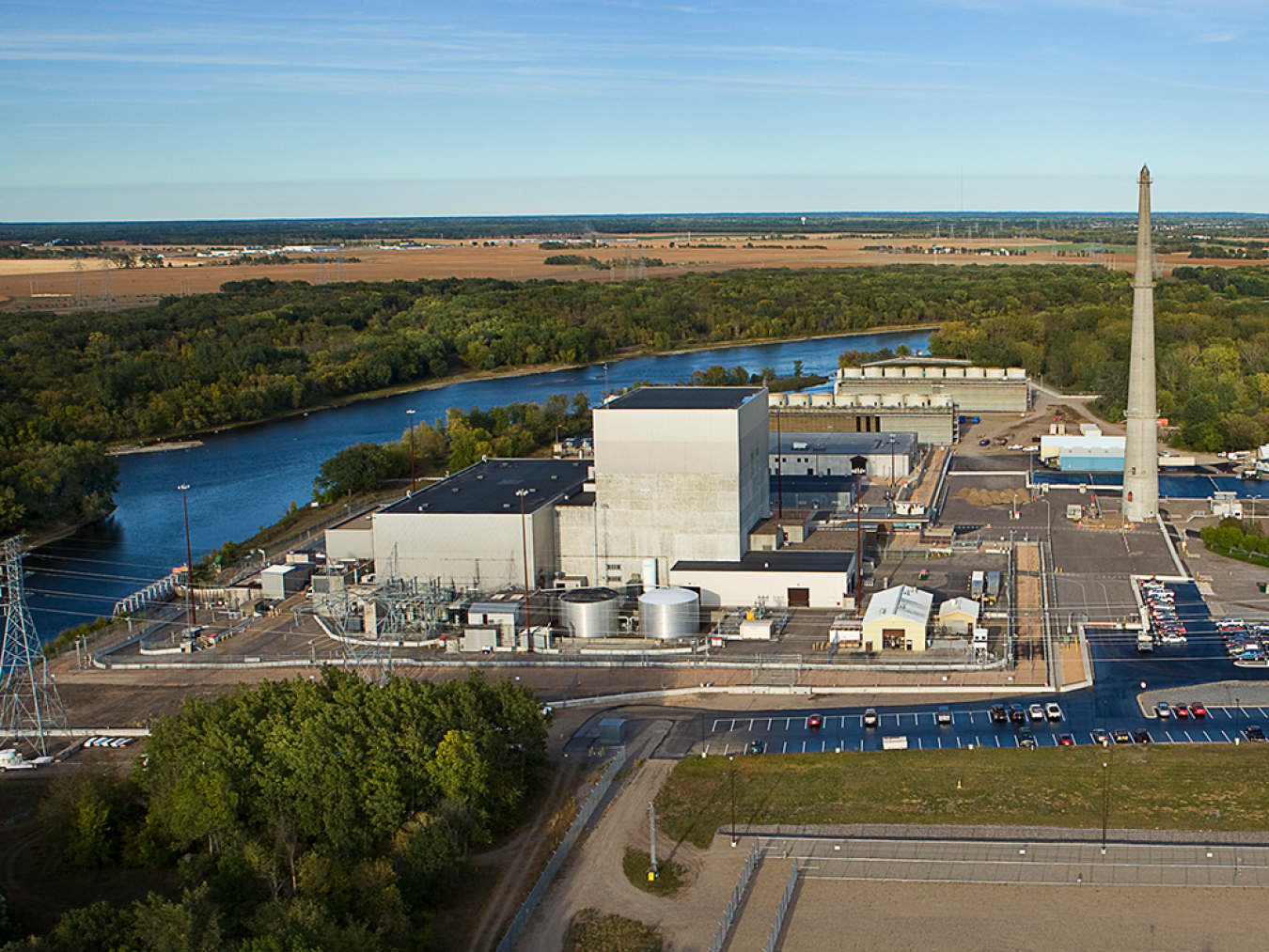Key nuclear milestones to watch out for in 2025.
January 10, 2025The United States nuclear energy sector posted some BIG wins in 2024 and that momentum is expected to continue this year.
From a potential historic reactor restart to growing the nation’s capacity to produce domestic nuclear fuel, 2025 is shaping up to be a pivotal year for the industry.
Here are 5 key storylines to watch in the new year.
1. Palisades Restart
The U.S. Nuclear Regulatory Commission (NRC) is expected to make a decision on the restart of the Palisades nuclear power plant in Michigan. The single-unit, 800-megawatt reactor shut down in May 2022 and would be the first ever recommissioned unit in the United States, if approved by the NRC.
The U.S. Department of Energy (DOE) closed a $1.52 billion loan to Holtec International last year to repower and upgrade the plant, which is expected to support or retain up to 600 high-quality jobs.
The NRC ruling is expected to come down later this summer.
If approved, Holtec could have the plant up and running before the end of the year.
Constellation also started engaging with the NRC this year on the potential restart of Three Mile Island Unit 1 in Pennsylvania.
The utility announced a deal with Microsoft to power its data centers and could have the unit online in 2028, if approved.
2. Finalizing Contracts for Domestic Nuclear Fuel
DOE is expected to finalize task orders this year with 10 companies selected to participate in its low-enriched uranium and high-assay low-enriched uranium capacity building program.
The finalized contacts would allow the companies to start producing, storing, and deconverting material that can be fabricated into fuel for current and future reactors.
The $3.4 billion effort supports a larger strategy to expand domestic production capacity for low-enriched uranium and high-assay low-enriched uranium to help transition the United States away from Russian-sourced fuel, which currently makes up more than 20 percent of our enriched uranium imports for nuclear fuel.
The contracts are expected to be finalized by summer of 2025 with production starting as early as 2027.
3. Advanced Light-Water SMR Selections
The Department’s Office of Clean Energy Demonstrations is also expected to select up two projects to demonstrate advanced light-water SMR systems.
The new program, announced last year, encourages a consortium-based approach to lower the risk of deploying new reactor technologies. It will also facilitate multi-reactor order books and provide additional support to build out the advanced light-water reactor supply chain.
The first-mover project or projects are expected to be selected mid-2025.
4. Commercial Fleet Renewals
The Monticello nuclear power plant recently rang in the new year with a new subsequent license renewal (SLR) from the NRC. The SLR allows the plant to operate an additional 20 years after its initial license renewal.
The single-unit boiling water reactor located outside of Minneapolis, MN is now the ninth commercial unit cleared by the NRC to extend its operations to 80 years.
The NRC also expects to rule on V.C. Summer later this year to extend operations of Unit 1 into the 2050s in South Carolina.
The regulator is also expected to make decisions on the initial license renewals for Perry Unit 1 in Ohio, and Diablo Canyon Units 1 and 2 in California later this year to extend operations from 40 to 60 years.
Finally, two nuclear powered hydrogen demonstration projects could start clean hydrogen production this year.
Vistra Corporation is working to demonstrate an electrolysis system before the end of the year at the Davis-Besse Nuclear Power Station in Ohio.
The hydrogen could be sold in the area for local industrial and transportation services, including fuel for a local bus fleet.
Xcel Energy plans to demonstrate clean hydrogen production through a first-of-a-kind project using high-temperature electrolysis at the Prairie Island Nuclear Generating Plant.
Both projects are being supported by DOE to help lower the cost and scale up the production of clean hydrogen using existing reactors and could open-up new markets for the nuclear sector.
Stay tuned!






